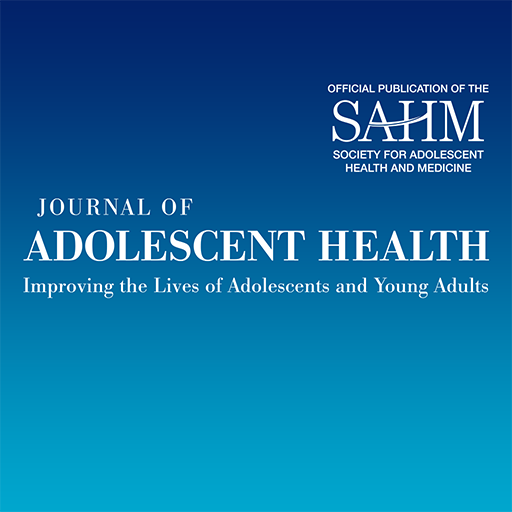Child mental health difficulties are common, with approximately one in five young people across all ages globally experiencing them. This is a major cause for concern, as child and adolescent mental health problems have deleterious effects, not only on social and academic functioning in childhood and adolescence but also on physical health, educational attainment, work force participation, and satisfaction in adulthood. What is more concerning is that these negative impacts are becoming stronger in each subsequent generation. There are many factors posited as having strong associations with child and adolescent mental health problems. One of the most studied factors, shown to have one of the strongest relationships with child mental health, is parental mental health.
Parental mental health and child conduct and emotional problems
Parental depression,as measured at the clinical level,is one of the best-established risk factors for young people’s mental health problems.Children of depressed parents are three to four times more likely to develop depression than those of non-depressed parents. In a meta-analysis of 193 studies that examined the strength of the association between mothers’ depression and children’s conduct problems and emotional symptoms,maternal depression was significantly related to higher levels of internalizing and externalizing behaviors and to lower levels of positive affect, although all associations were small in magnitude.More recently,research suggests that maternal depressive symptoms and child externalizing behaviors are particularly strongly associated. In along it udinalstudy, maternal mental health had an effect accounting for a third of a standard deviation increase in child conduct problems and emotional symptoms,the largest singular effect size in the models,suggesting that following mother sand child renover time is key to fully unlocking the relationship. Additionally, in Good manetal.’s meta-analysis, the effect sizes between depression in mothers’ and children’s mental health problems were stronger for studies with a focus on families living in poverty,a population Goodman et al. suggested be studied further.
Poverty and socioeconomic disadvantage on parental and/or child mental health
Socioeconomic disadvantage has negative impacts on adolescent mental health and,indeed,was most important factor in Costello’s Great Smoky Mountain studies.Socioeconomically disadvantaged adolescents report higher rates of mental health problems on multiple objective and subjective measures.Yet it is not just adolescents who are affected. In Treanor’s longitudinal study, poverty and financial vulnerability, as measured by debt and ability to cope on current income, were both associated with reduced parental and child mental health,for children as young as five years. Parental employment is also are levant factor for young people’s mental health.Children whose parents lost jobs and hours had increased emotional problems at adolescence, compared to children of parents with stable jobs. In socioeconomics terms,the focus is often on poverty.Yet, family wealth predicts all facets of quality of life in adolescents .For example ,compared to adolescents in wealthy households,those from less wealthy families are four times more likely to experience reduced physical well being and twice as likely to have reduced psychological wellbeing. Furthermore, adolescents who worried more about family finances were seven times more likely to report mental health problems.There are two routes through which socioeconomic advantage and disadvantage acton children’s mental health:the family investment model and the family stress model.The former comprises parents’ capacity to invest money in their child’s development and wellbeing, and the latter reduces parents’ and children’s emotional health via the stress brought on by low income. These can be protective or detrimental to children’s mental health and operate not in opposition to each other but in tandem, even when the outcomes are contradictory. Measures of socioeconomic advantage and disadvantage are included in this paper as explanatory variables.

